Double Bond Paver:
To begin with the Double Bond Paver block gives an attractive cobble effect.
The cobble look comes from a central groove which is bevelled across the middle block.
| Thickness Available | Length Width | No. blocks p/m² |
| 50 mm | 200×100 | 50 |
| 55 mm (on request only) | 200×100 | 50 |
| 60mm (on request only) | 200×100 | 50 |
| 80mm (on request only) | 200×100 | 50 |
| 100mm (on request only) | 200×100 | 50 |
Colours Available: Grey, Slate, Terracotta, Plum, Tan, Autumn. Special colours made to order
General Application:
- Domestic driveways,
- Municipal parking areas
- Pedestrian pavements
- Pathways
- Commercial developments
Furthermore it has a strong interlock capacity.
Economy with elegance Bond Brick, the traditional paver for economy and durability.
Available in a variety of colours and thicknesses.
Suitable for:
- Parking areas
- Pathways
- Commercial
- Domestic surfaces.
Double Bond & Cobble Bond, paving blocks which gives an attractive cobble effect.
It also has a stronger interlock capacity.
The cobble look comes from a central groove.
Which is bevelled across the middle of the block.
- Step 1 – Choosing the right paver:
- There are a number of pavers available for various applications.
- Step 2 – Ground preparation
- Ground preparation is important as any sort of unprepared ground can result in ‘pooling’, sagging paving and loose bricks.
- Step 3 – Laying the base materials
- Depending on what paver you’re laying, it will determine what base material you’ll use.
- Step 4 – Laying the paving
- Once the base material has been laid and screeded with a long plank, start laying your paving.
- Step 5 – Grouting
- Once all the paving has been laid, you’re ready to grout.
- Step 6 – Enjoy the fruits of your labour
- For a small job, the above guide should be more than enough to ensure a happy result.
Visit us on Facebook
Or Contact us.


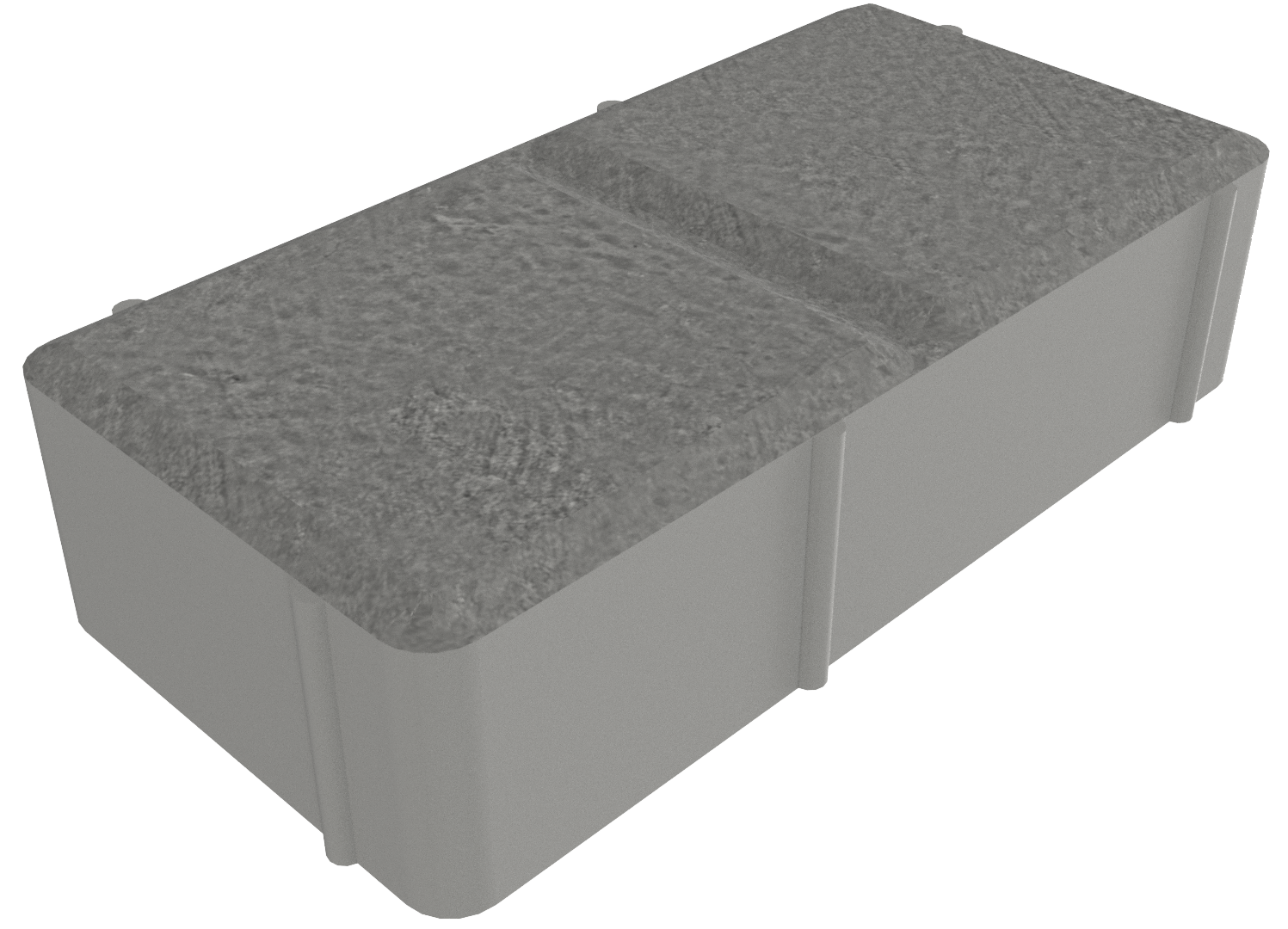

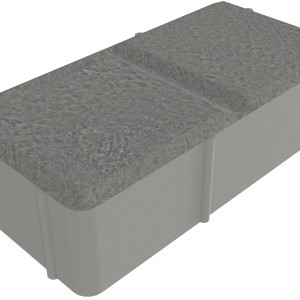
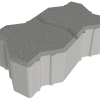
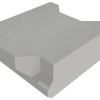
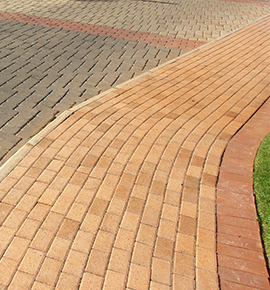
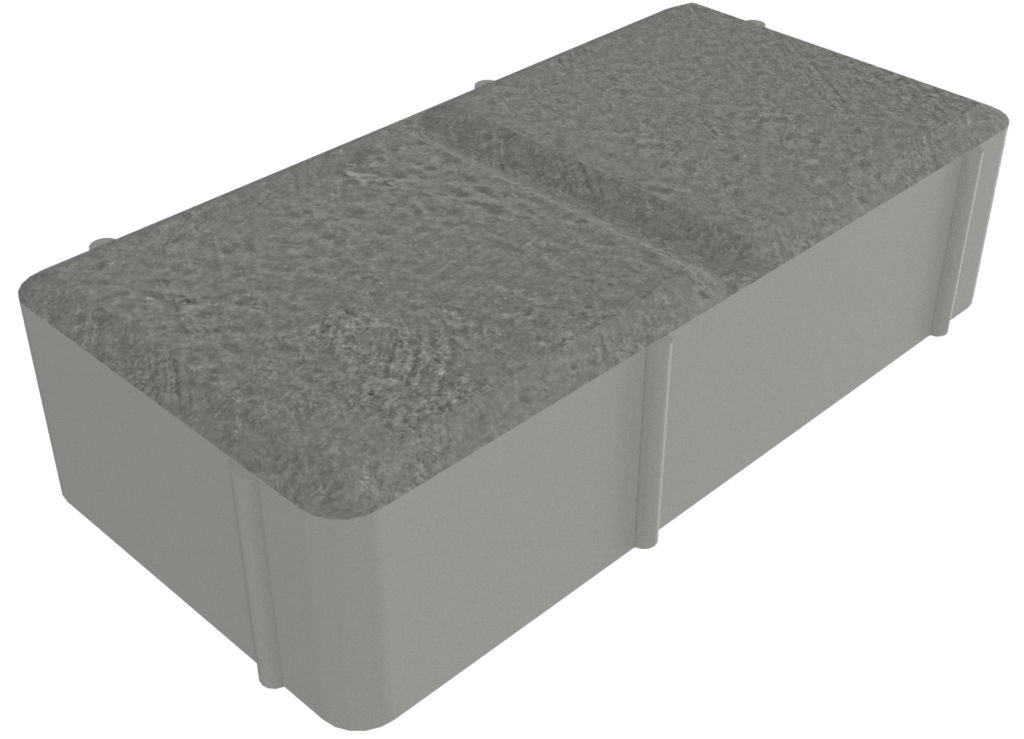







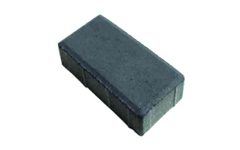
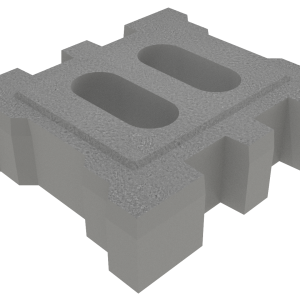
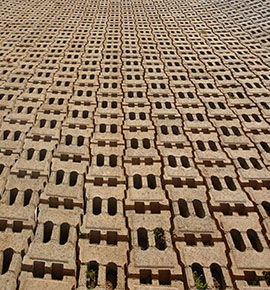
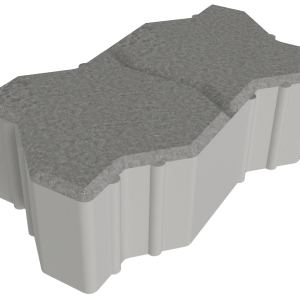

Reviews
There are no reviews yet.